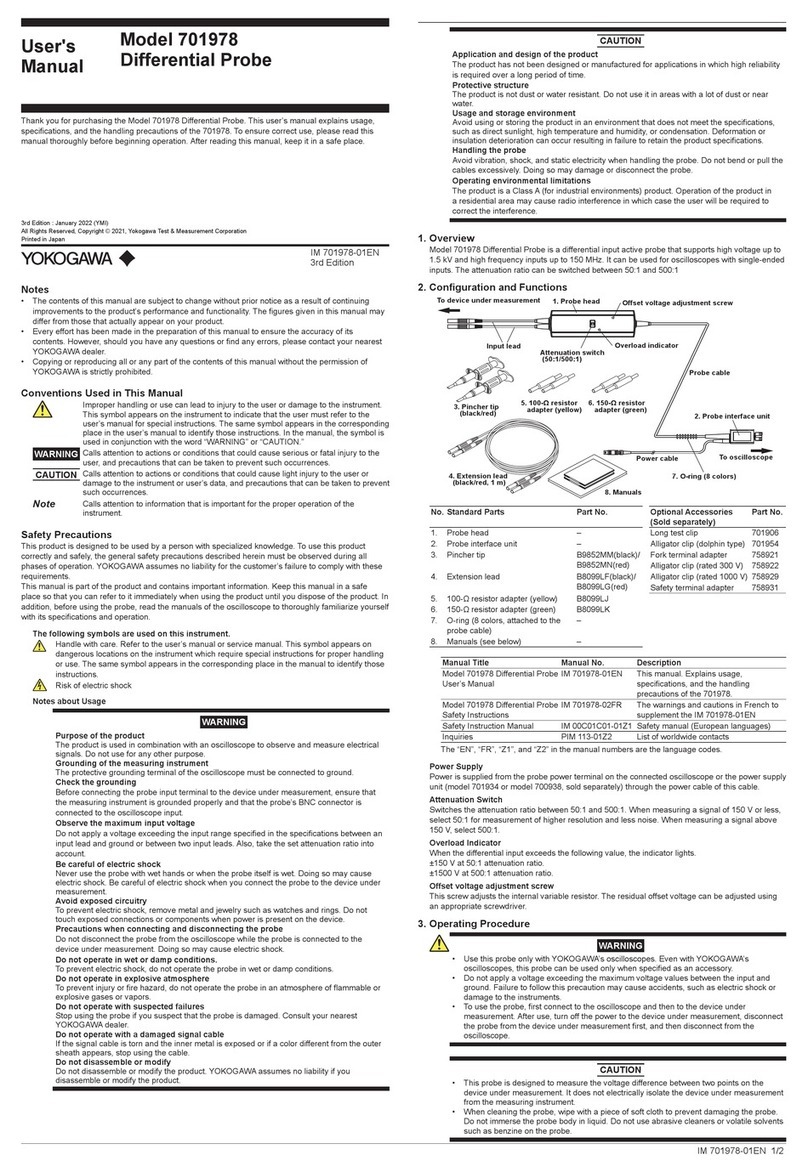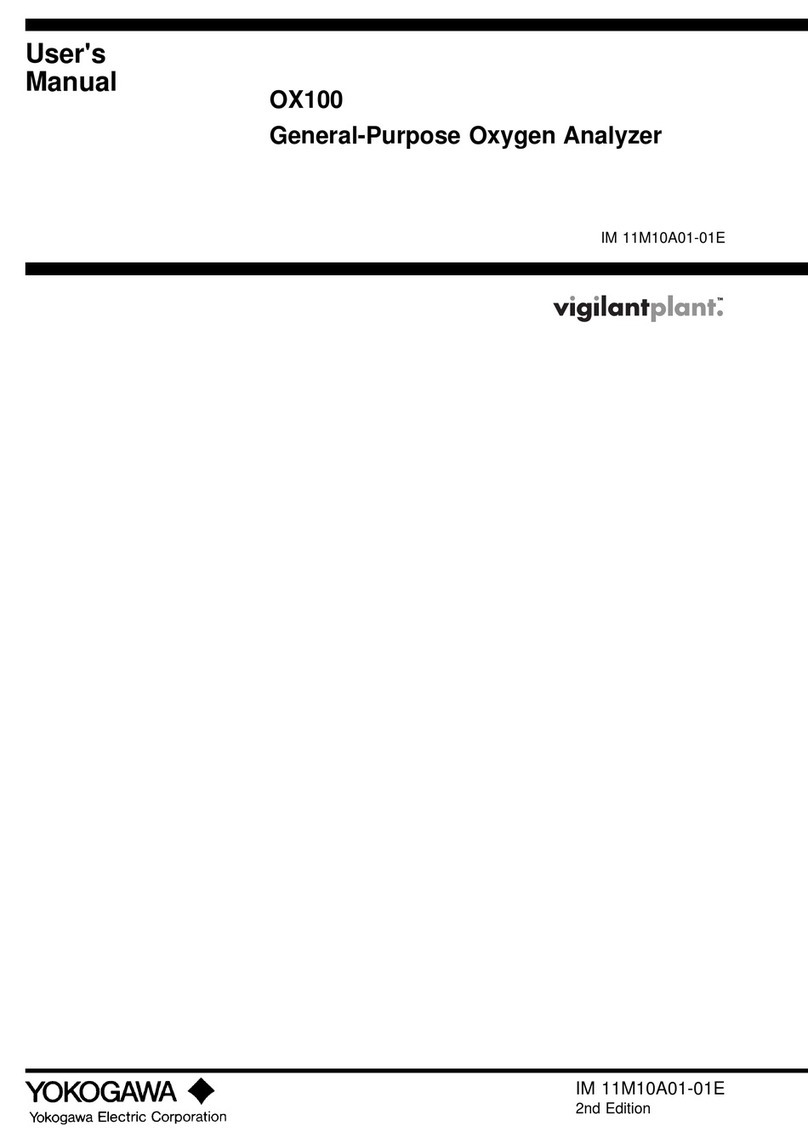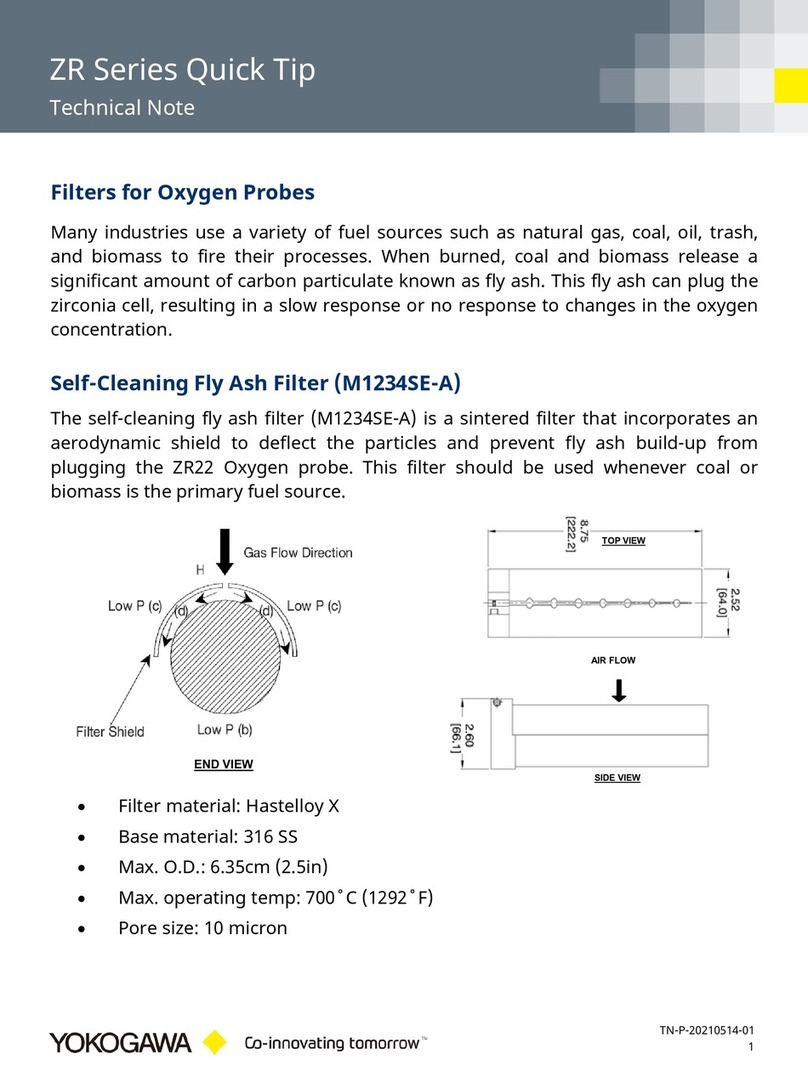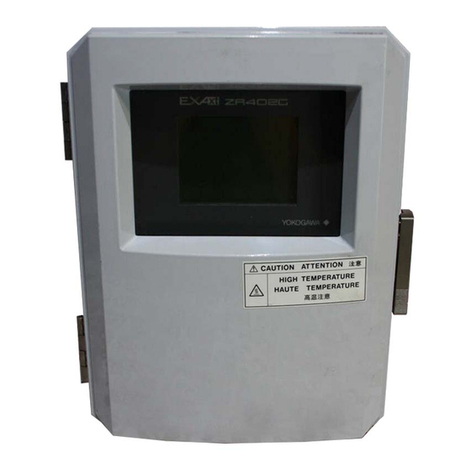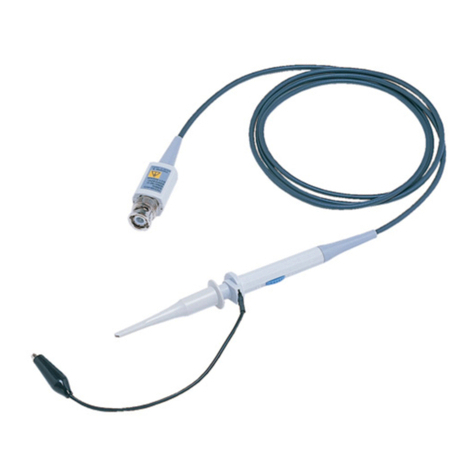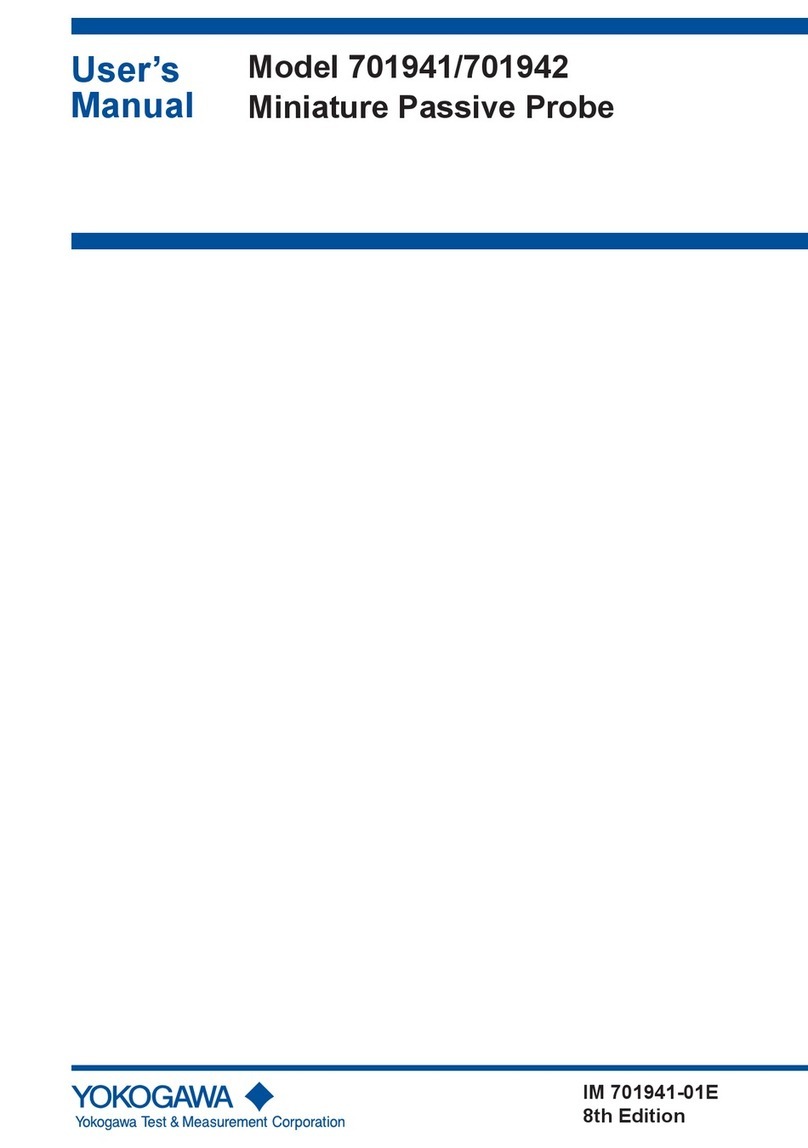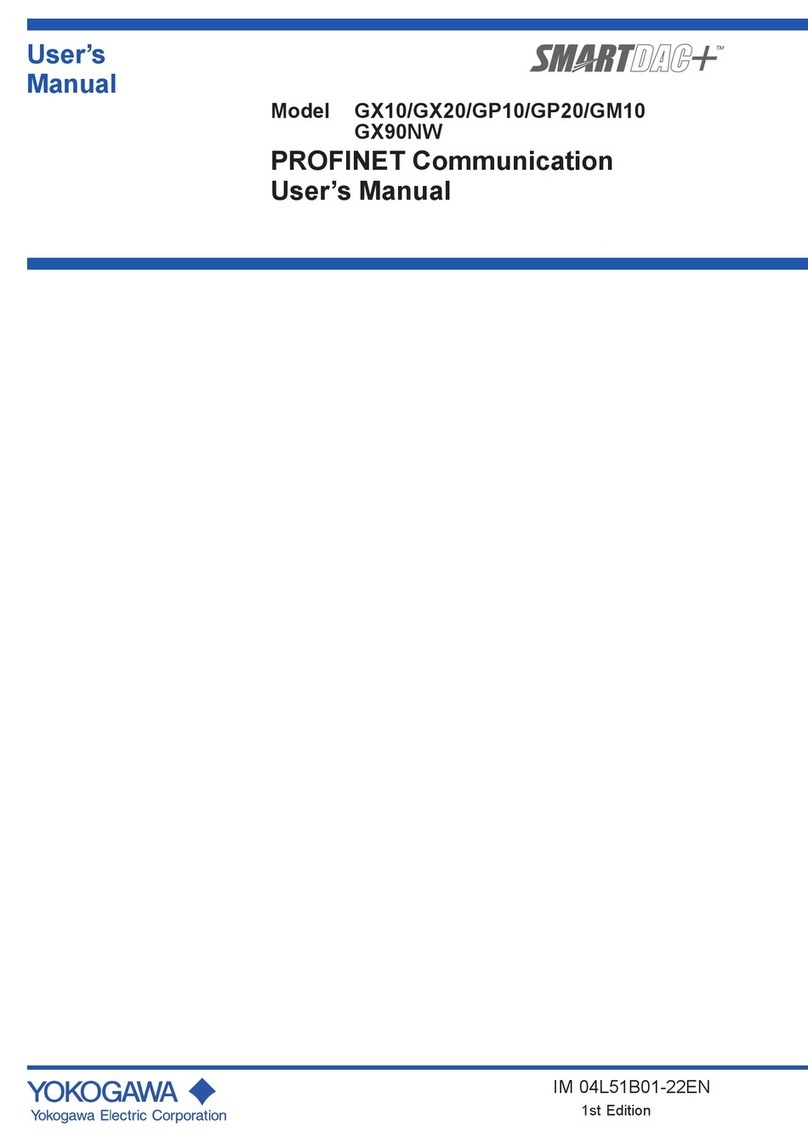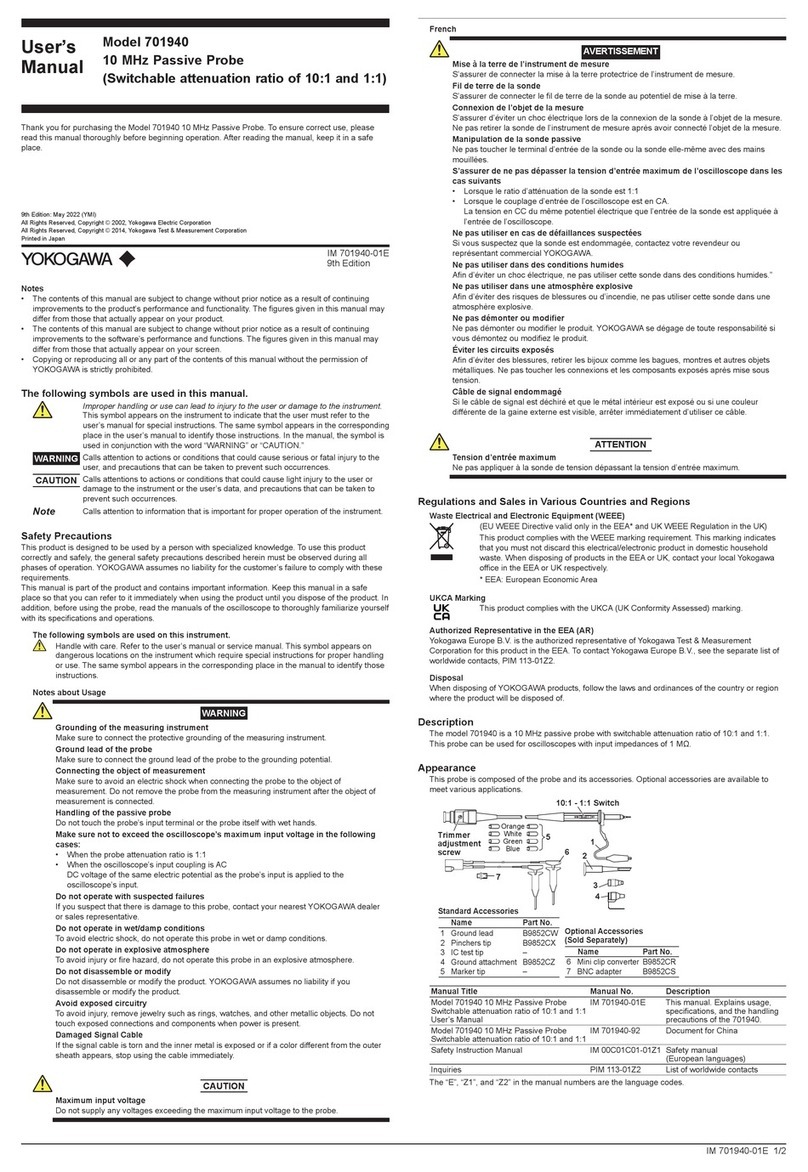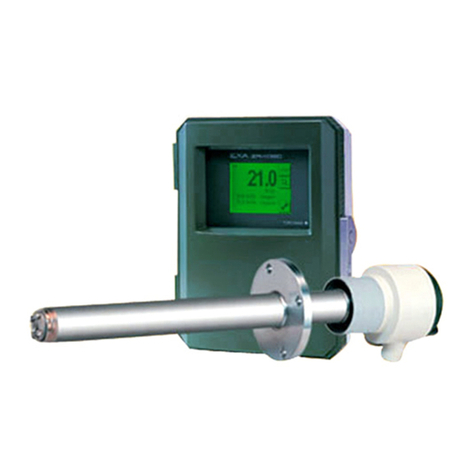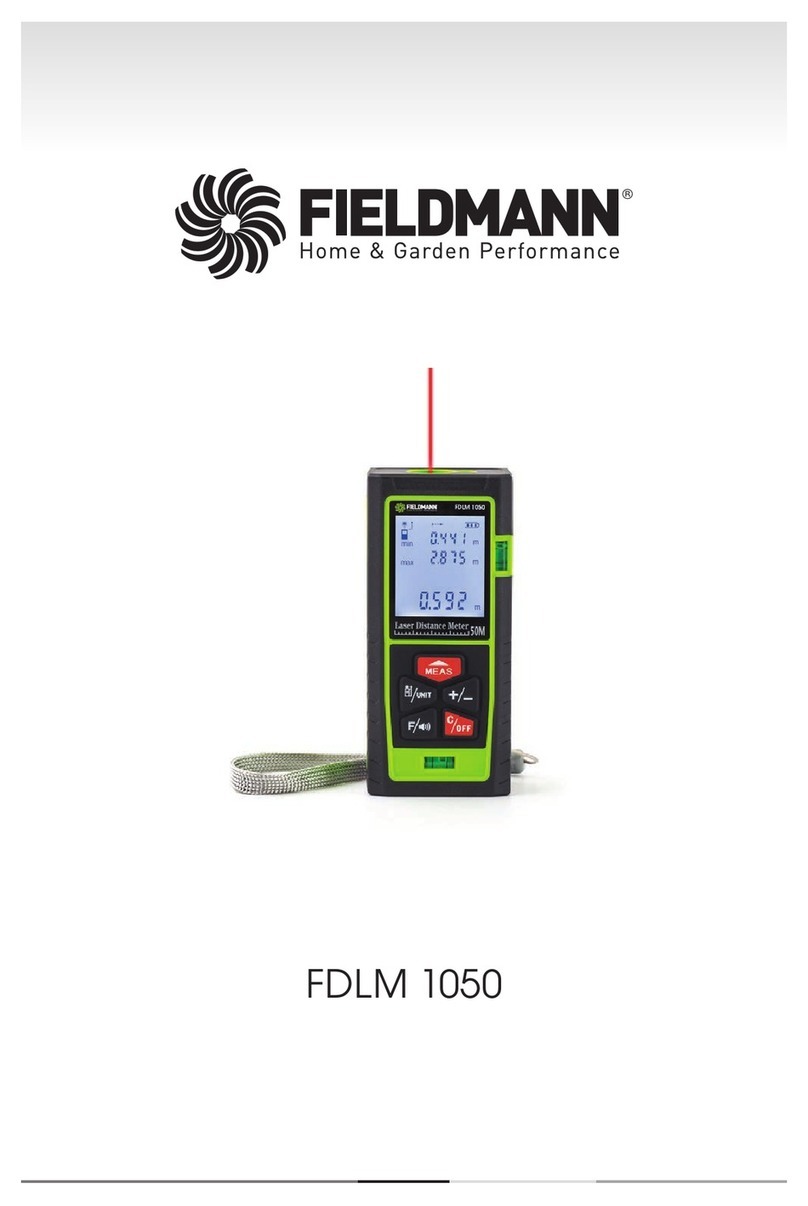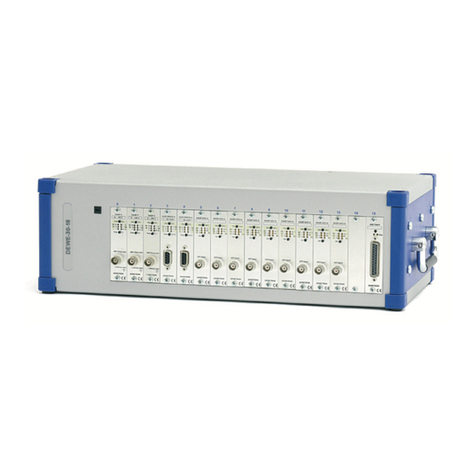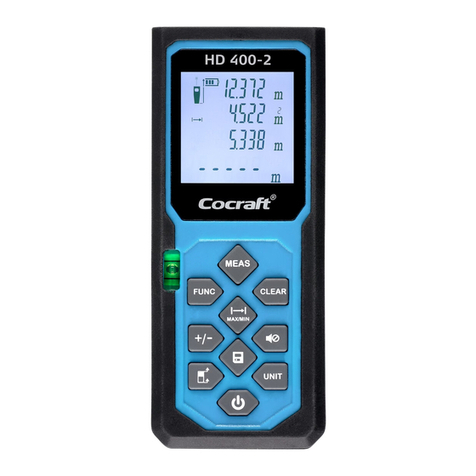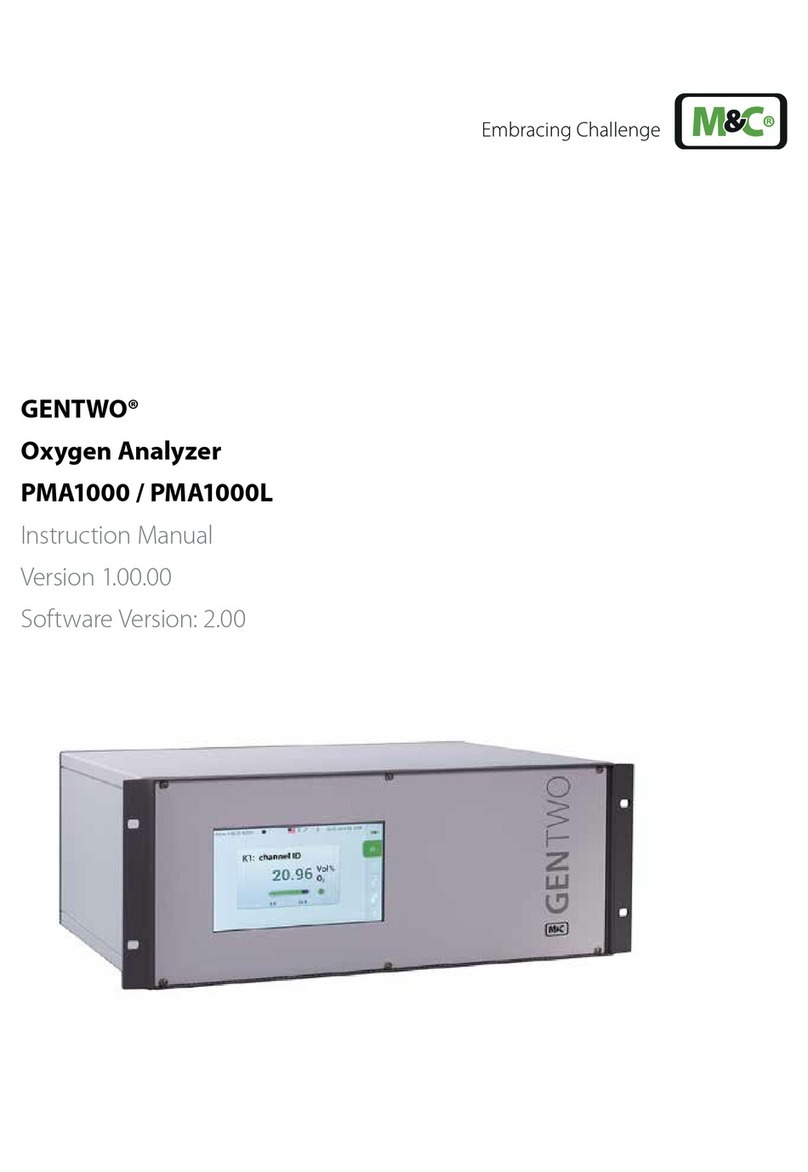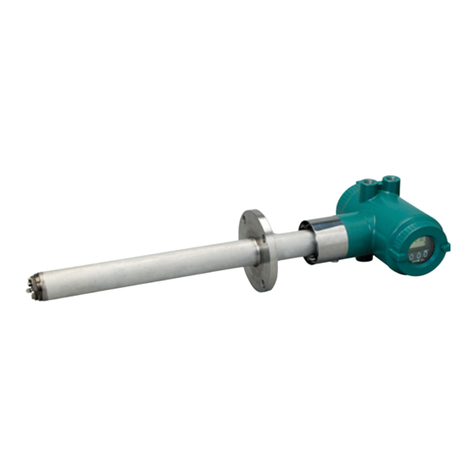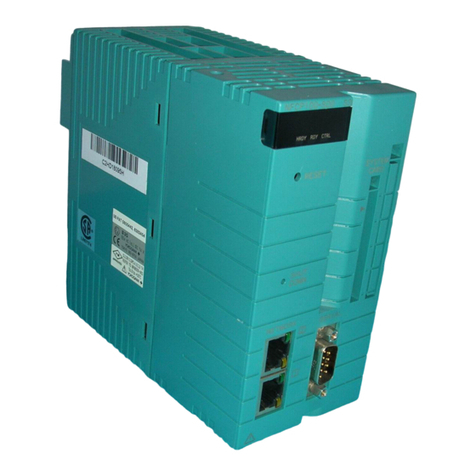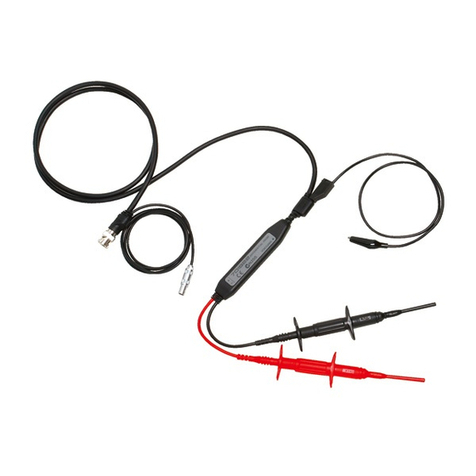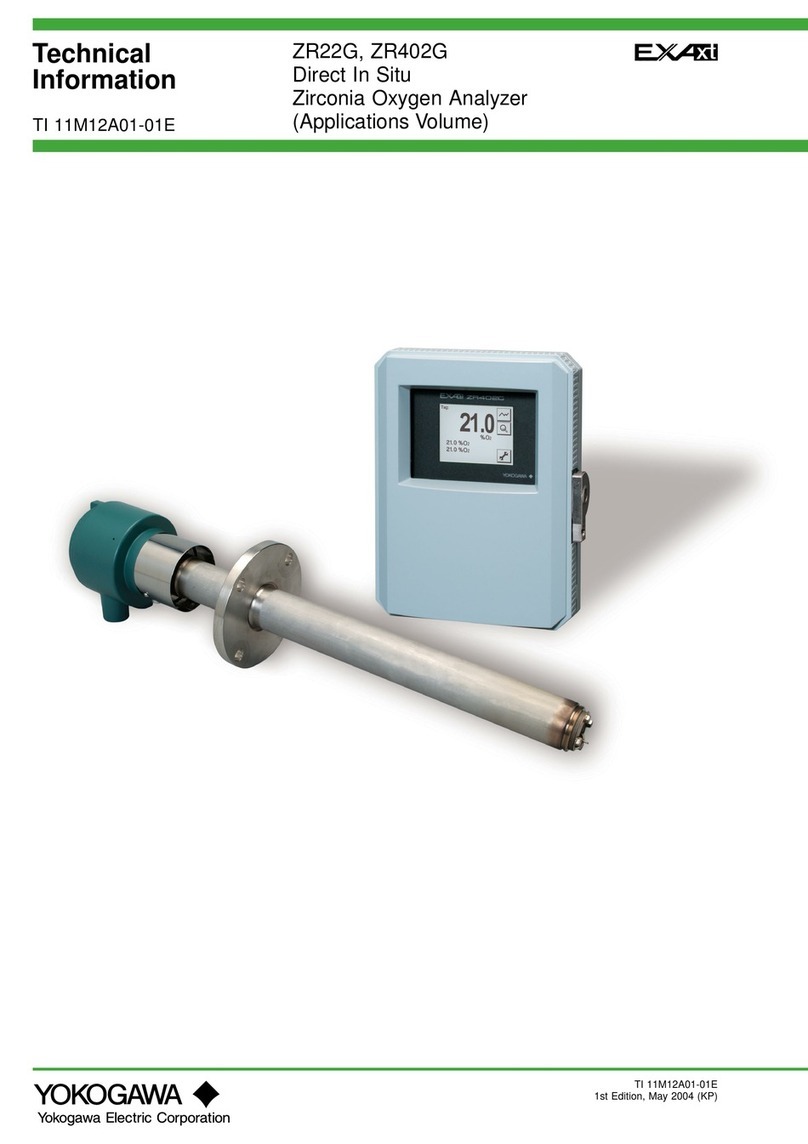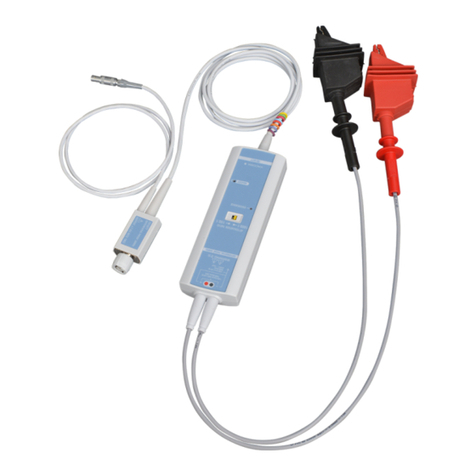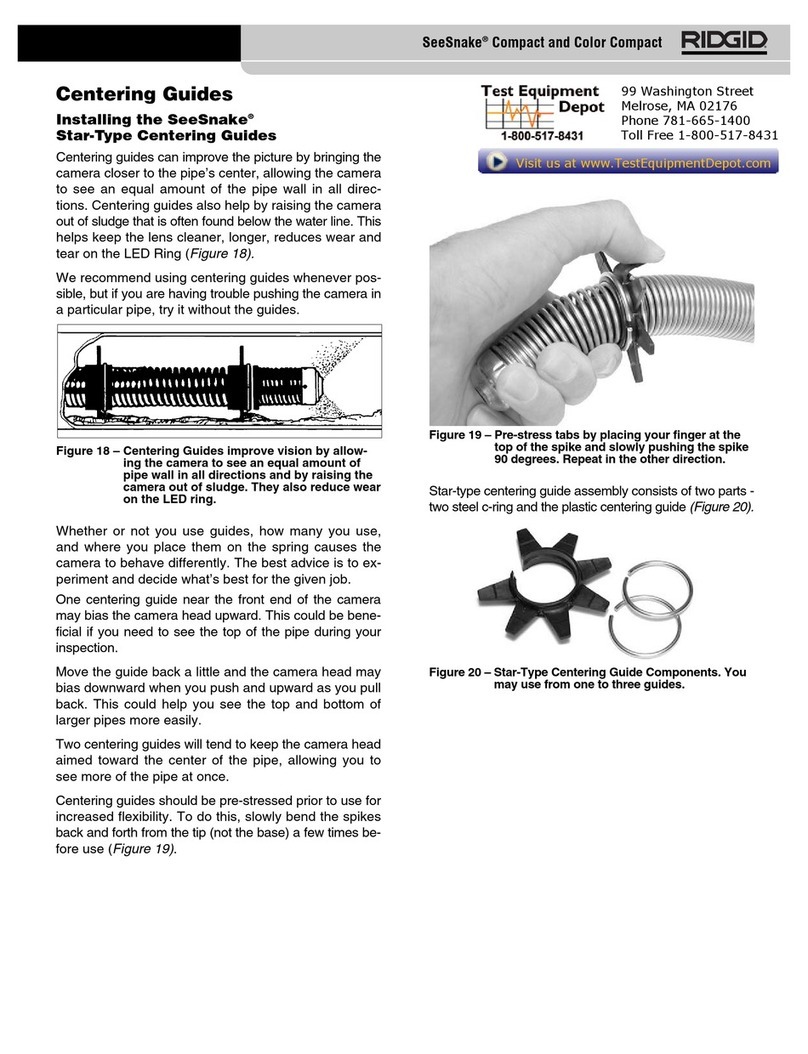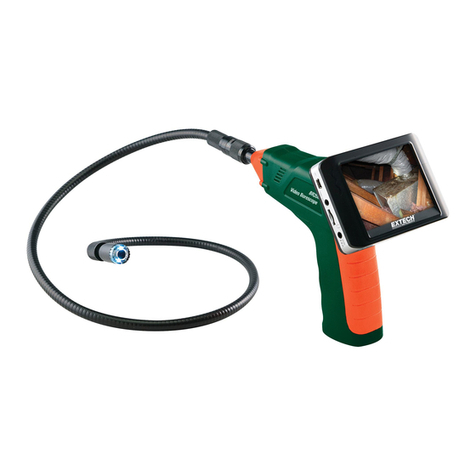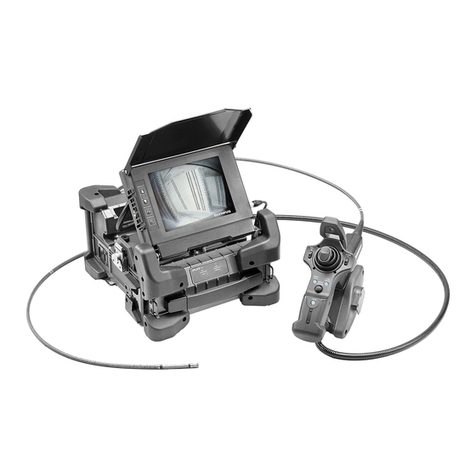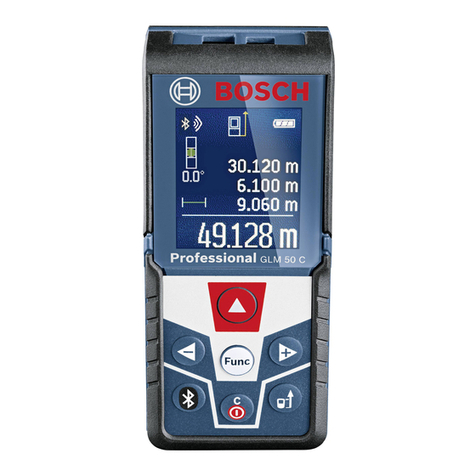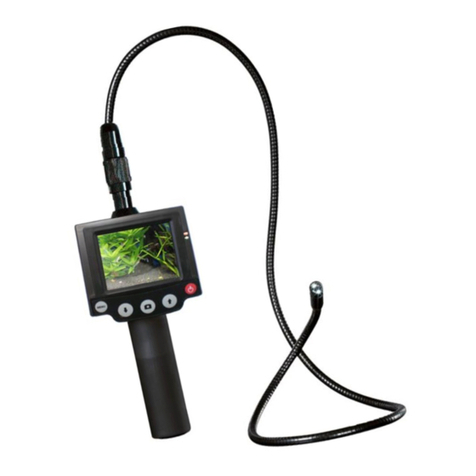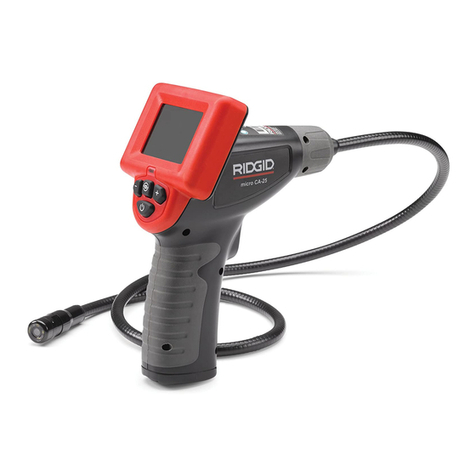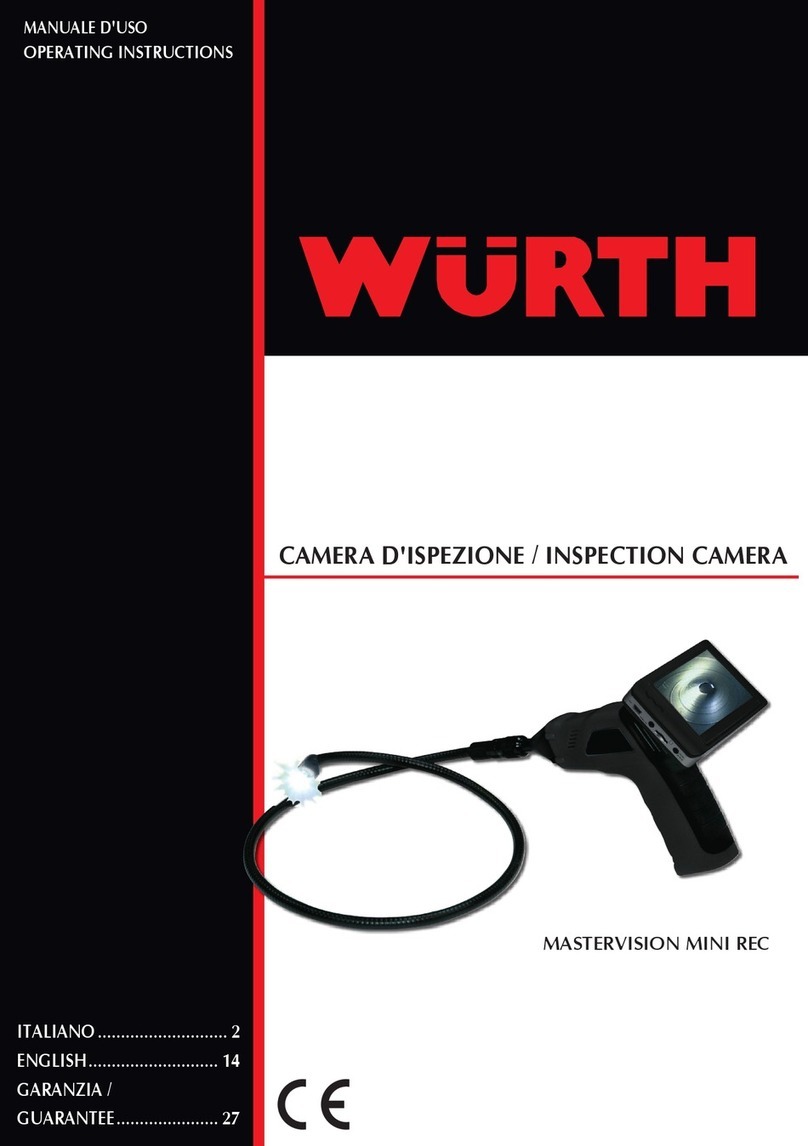
<PREFACE> v
IM 11M7A3-01E
Precautions for Flameproof Instruments
1. General
Instruments with Flameproof construction (hereafter referred to as ameproof instruments) are
tested and certied by the public authority in accordance with the Labor Safety and Health Laws
of Japan.
A certied instrument is provided with a certication label and a nameplate that states
specications required for explosion protection performance. All installations of certied
instruments should be executed in compliance with the nameplate specications.
For details, see USERS' GUIDELINES for Electrical Installation for Explosive Gas Atmospheres
in General Industry, issued by the Research Institute of Industrial Safety of the Ministry of Labor
in Japan, 1994.
2. Flameproof Instruments
Instruments that can be termed "ameproof" must satisfy the following conditions.
They must have been tested and certied by an ocial body in accordance with the Industrial
Safety and Health Act and must carry a certication label on them.
They must be used in accordance with the specications stated on the nameplate.
The following operating conditions must be observed.
(1) ZS8D Detector
(a) Before opening the cover, remove power and allow the detector to stand at least 40
minutes.
(b) When the ambient temperature of the detector exceeds 30ºC, use wire resistant to
70ºC or greater for external wiring.
(c) The detector cannot be used except in mixed gases composing air or mixed gas with
oxygen concentration lower than air, or combustible gas or vapor.
(2) Converter
(a) Before opening the cover, remove power and make sure of non-hazardous
atmospheres. The warning added on page i must be observed.
(b) When the ambient temperature of the converter exceeds 50ºC, use wire resistant to
70ºC or greater for external wiring.
3. Flameproof Instrument Installation
(1) Installation Area
Flameproof instruments may be installed in hazardous areas where the specied gases are
present. They should not be installed in Division 0 areas.
Note: Hazardous areas are distinguished based on the frequency and duration of the occasions when explosive atmospheres are
encountered (IEC standard 79-10 classication of hazardous areas).
Areas where explosive atmospheres are continuously present or persist for long periods are classied as Division 0.
Areas where there is a risk that an explosive atmosphere will be encountered during normal operation of the equipment and
facilities are classied as Division 1.
Areas where there is no risk that an explosive atmosphere will be encountered during normal operation of the equipment and
facilities, and where an explosive atmosphere will persist for only a short period even if encountered, are classied as Division 2.
(2) Environmental Conditions
The standard environmental condition for ameproof instrument installation is an ambient
temperature range of −20 to 40°C. If the equipment is installed where there is a risk that it may be
exposed to radiant heat from plant equipment, direct sunlight, etc., take steps to heat-insulate the
equipment.
